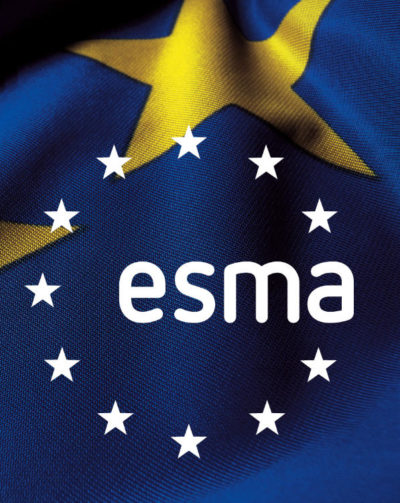ESMA Proposes Major Changes to EMIR
On March 27, ESMA published a consultation on changes to the technical standards of trade reporting under the EMIR Refit legislation.
Highlights include:
- ESMA proposes a complete overhaul of EMIR with full alignment to SFTR in terms of validations and data formats and alignment with MiFIR in terms of how to handle reference data (specifically UPI).
- ESMA recommends a new way of handling lifecycle events, using two fields instead of one (Action Type + Event Type) which will add even more complexity.
- The number of reportable fields are expected to go from 129 to 203. This means for firms to be compliant, data governance and control of the reference data will be even more important going forward.
The consultations line out substantial changes to multiple aspects of EMIR reporting. While some changes were expected, this consultation proposes sizable changes, with a proposed increase from 129 to 203 reportable fields. Many of the amended data requirements are derived from a global initiative finalized by FSB in a Critical Data Element guidance.
Most parts of the current EMIR outline are affected with changes to fields such as price, payment, basket and the addition of margin-related fields. ESMA also suggests supplements to the coming UPI identifier, new validations of LEI codes, usage of OTF, MTF and SI MICs, which will add to the reference data burden firms have today.
With the aim to give regulators better understanding of the risks in the derivatives market, ESMA also suggests an overhaul of action types and events that firms have to report, including new fields such as Prior UTI and Post Trade Reduction ID.
Apart from changes in the data to be reported, ESMA also recommends the usage of ISO2022 for reporting to Trade Repositories.
The overall reasoning behind most changes is to improve the quality of reported data. This will, according to ESMA, be achieved by removing ambiguous fields, add clarity to how fields should be reported and make participants report derivatives trading in a more granular way.
From a regulator’s point of view, these proposed amendments might achieve the desired outcome, but there are still questions that need to be answered. For example, a new waterfall model for UTI generation is proposed to bring clarification, and that will probably get you some distance. However, the issues surrounding UTI are not only connected to the generation of UTI, but also to sharing. So even with a new waterfall model the issues will still remain.
Although these are just proposed changes, it is an indication of ESMA’s intentions with EMIR. It is certain that changes will come, and it will add to the already present complexity and burden for firms reporting transactions under EMIR, MiFIR and SFTR. The alignment and overlap between existing regulations allows for reuse of reference data across various regulations and with attributes, rather than just transactions. The consolidation of reporting solutions may seem more and more attractive.
The deadline for response is June 19, 2020, and the final report is due to be delivered by the end of this year. With an additional 18 months of implementation, the changes are expected to go live in late 2022.
For more information on CSS’s Global Transaction Reporting platform, EMIR, MiFIR or SFTR, please email: SFTR@cssregtech.com.



